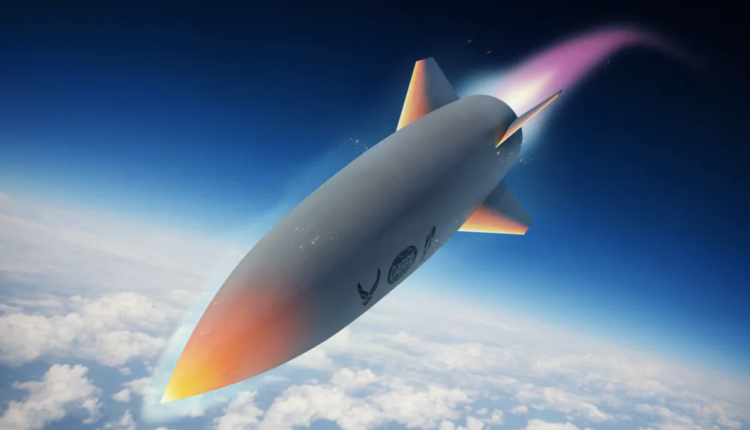©2021 Reporters Post24. All Rights Reserved.
- Turning gas into plasma creates an intense electrical current for powering potent hypersonic weapons.
- Chinese researchers built a hypersonic generator that could power military lasers, rail guns, and microwave weapons.
- The relative compact nature of the hypersonic generator opens the scope of potential uses.
Chinese scientists say one formidable explosion inside a shock tunnel can turn hot gas into the most powerful hypersonic generator a military has ever seen—strong enough to charge military lasers, rails guns, microwave weapons, and more.
As reported by the South China Morning Post, a new peer-reviewed paper in the Chinese Journal of Theoretical and Applied Mechanics explains how the hypersonic generator turns one detonation inside a shock tunnel into enough electrical current to power hypersonic weapons of the future.
The Chinese scientists were able to use a controlled detonation to turn hot gas into a plasma filled with racing ions, which converted to current. With shock waves accelerating the compressed argon gas to 14 times the speed of sound, the charged ion-filled plasma then passed through magnetohydrodynamics generators to produce electric current up to 212 kilowatts while using .26 gallons of gas. That’s enough power for a burst of energy unlike anything available now in a compact system.
“It has a large capacity and high efficiency,” the scientists write, via the SCMP. “There is no need for intermediate energy storage components. The energy can be directly transferred to the load without a high-power switch. And the device can start up quickly.” The generator also has no rotating parts, increasing efficiency and ease of use.
With some of the largest weapons in development requiring a gigawatt of input energy, the researchers say they can produce that with 177 cubic feet of hypersonic plasma (that’s smaller than most vans).
China isn’t ready to deploy the new system just yet. There are plenty of logistical hurdles to sort out in how to transport a device that requires controlled detonation, and just how to handle the gas needed for a second charge when on the move. Still, if the next iteration of the science offers up an automated reloading of the technology, China’s hypersonic weapons just got a colossal burst of power.


